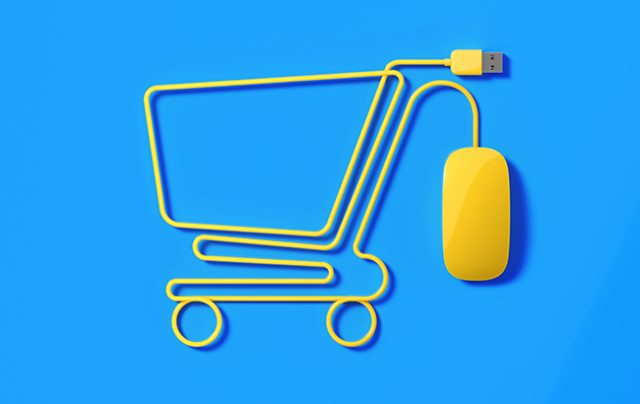E-commerce alcohol sales slow to 4.5%
Alcohol e-commerce sales in 16 markets are estimated to grow at a slower pace than initially expected, with the category’s value reaching nearly US$40 billion by 2027 not 2026.

In November 2022, IWSR Drinks Market Analysis initially estimated that the channel would reach nearly US$40bn in sales by 2026, rising by a compound annual growth rate (CAGR) of 34% from 2021 to 2026.
However, the IWSR has lowered its prediction to a CAGR of 4.5% between 2022 and 2027, compared with the 31% CAGR recorded between 2019 and 2021.
The IWSR E-commerce Strategic Study 2023 looked at 10 key markets (Australia, Brazil, China, France, Germany, Italy, Japan, Spain, the UK and the US) and six secondary markets (Canada, Colombia, Mexico, Netherlands, Nigeria and South Africa).
The IWSR said the alcohol e-commerce channel has entered a period of normalisation after the pandemic when online sales boomed.
“After the pandemic boom, e-commerce value saw a slight correction in 2022 (down by 2%) as restrictions in most markets were removed and shoppers returned to the on-trade and bricks-and-mortar stores,” said Guy Wolfe, head of e-commerce insights, IWSR.
“In the near term, online growth will pick up but remain depressed by a weak macroeconomic outlook, before a return to steadier growth from 2024.”
The IWSR forecasts that the overall e-commerce value share of total beverage alcohol (TBA) will stabilise at around 4% to 4.5%. Previously, the share figure had risen from 2.1% in 2018 to 3.7% in 2021.
“Online sales value is still forecast to outperform TBA to 2027,” Wolfe added. “E-commerce therefore remains a key element within the big picture of total value.”
The IWSR found that nearly a quarter (24%) of alcohol buyers in 2022 had made an online purchase in the past six months, but this figure fell to 17% in 2023.
The analyst said the frequency of online alcohol purchases had increased across all markets but the pace of growth has shrunk compared to previous years. China is the only exception, partly due to the continued impact of pandemic restrictions on the supply chain.
The IWSR believes China and the US will be the biggest value growth drivers for the alcohol e-commerce channel.
China’s value share of e-commerce alcohol is predicted to rise from 39% in 2022 to 40% in 2027, outpacing the US, which is set to increase from 20% to 22%.
E-commerce alcohol sales in China and the US are forecast to record a 2022-27 value CAGR of 6%, outstripped by growth (from a small base) in Brazil (up by 8%), Mexico (up by 16%) and Colombia (up by 10%).
Wolfe also highlighted markets such as Australia and Japan as contributing growth to the channel, with Latin America seeing the “fastest development”.
Brazil will overtake Japan to become the fourth-largest value market, but the UK’s value share will drop from 12% to 9%.
Agave spirits boom
The IWSR said spirits’ share of e-commerce alcohol had recovered from its pandemic dip and is expected to stabilise. The category is predicted to grow at a value CAGR of 5% between 2022 and 2027.
Spirits increases will be driven by agave spirits and whisky in the US, and brandy and whisky in China, with whisky remaining the leading category – but agave spirits are growing rapidly and poised to overtake gin.
“The rise of agave-based spirits in e-commerce is mainly being driven by the premium-plus price band in the US, where the category has been booming in the wider market,” Wolfe explained. “But other countries are now forecast to record rapid growth in the future.”
Beer is expected to post a value CAGR of 5% in the five years to 2027, while wine will rise by 1%.
E-commerce spirits sales in the US are expected to rise by a CAGR of 17% in value between 2021 and 2026, the IWSR revealed earlier this year.
Related news
Gen Z: the generation of moderation?
